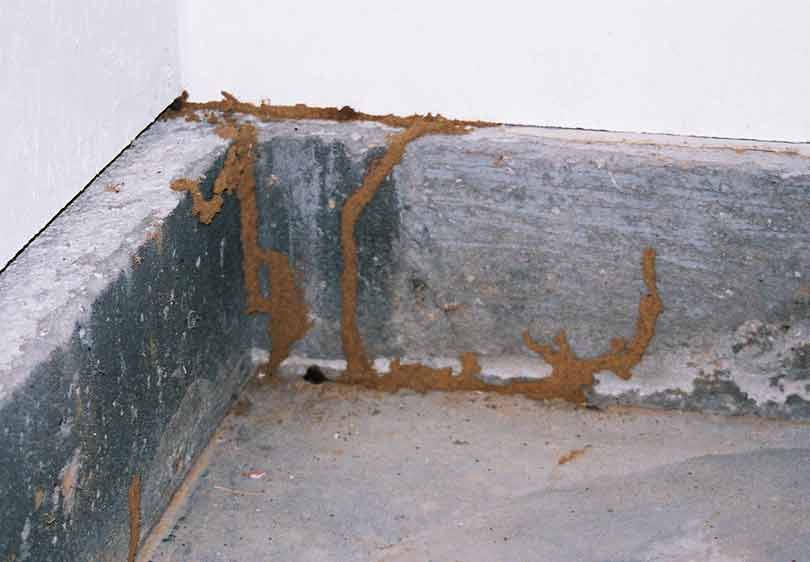Tackling Problems: Utah Vole Control Experts
Wiki Article
Comprehensive Parasite Control Solutions to Combat Vole Infestations
By utilizing a mix of recognition, exclusion, trapping, and habitat alteration strategies, specialist pest control services can provide a customized service to fight vole infestations. The key lies in carrying out a well-shaped strategy that not only gets rid of existing voles but also establishes long-lasting control steps to safeguard versus future intrusions.Vole Recognition and Assessment
Voles, little rodents appearing like mice yet with much shorter tails, are typically found in yards and lawns, making accurate identification essential for effective parasite control procedures. These insects can cause considerable damage to plants and crops, making timely action vital in reducing possible losses. When checking for voles, look for their characteristic paths, burrow openings, and munched plant roots. vole control service. Vole paths are normally located externally of the ground and are developed as they take a trip back and forth between their burrows and food resources. Delve openings are small, concerning 1-2 inches in diameter, and result in underground passages where voles nest and seek shelter. Munched plant roots are one more indicator of vole activity, showing their presence and prospective damages to vegetation. By precisely recognizing these signs, parasite control professionals can tailor their approaches to effectively handle vole problems and secure yards and yards from further damage.
Trapping and Elimination Techniques
Reliable pest control approaches for managing vole invasions typically involve utilizing specialized capturing and removal methods. Capturing is a widely made use of technique to record voles and relocate them away from properties. Live traps, such as box catches or tube catches, are typically made use of as they enable the risk-free capture of voles without creating harm. These traps are tactically placed in vole runways or near burrow entries to increase the chances of successful capture.When establishing up catches, it is crucial to ensure they are placed correctly and baited with vole-preferred food sources like peanut butter, seeds, or fruits. On a regular basis examining the traps is necessary to immediately get rid of caught voles and stop distress or damage to the pets. As soon as entraped, voles need to be transferred to ideal environments much from human homes to stay clear of re-infestation.
In addition, exemption methods, such as installing obstacles or fence underground, can assist prevent voles from accessing certain areas. Proper disposal of captured voles and regular surveillance of vole task are important components of a reliable capturing and removal strategy in vole problem monitoring.
Exemption and Barrier Approaches

To effectively execute exemption and obstacle techniques, a thorough evaluation of the home is necessary to determine vole activity and prospective access points. By resolving these vulnerabilities and carrying out targeted exemption and obstacle procedures, homeowner can considerably decrease the threat of vole invasions. Regular upkeep and tracking are critical to click this site make sure that barriers remain undamaged and effective in hindering voles from accessing susceptible areas. Ultimately, a combination of capturing, removal, and aggressive exclusion procedures can help effectively handle vole populations and secure residential properties from infestations.
Environment Alteration and Prevention
To reduce vole invasions, environment alteration and prevention methods concentrate on altering the environment to dissuade vole habitation. One efficient technique is lowering the accessibility of food resources by maintaining turf cut short, getting rid of weeds and particles, and preserving a clean yard. Voles are attracted to areas with dense greenery and clutter, so creating open areas can aid hinder them from settling in the location. In addition, decreasing excess wetness by taking care of leaking pipelines, making certain correct drain, and eliminating standing water can make the atmosphere less congenial for voles.Incorporating obstacles like gravel boundaries or wire mesh underground can likewise prevent voles from tunneling right into lawns or yards. By executing these environment modifications and avoidance measures, building owners can proactively reduce the risk of vole problems and protect their outside areas from damages.
Monitoring and Follow-Up Strategies

Follow-up approaches include revisiting the dealt with areas to examine for any indicators of vole activity. Keeping an eye on stations, catches, and visual assessments are commonly utilized approaches to assess the success of the bug control measures. By consistently examining these locations, pest control professionals can swiftly identify any kind of renewal of vole task and take positive actions to attend to the problem before it escalates.
Furthermore, recording the outcomes of tracking and follow-up activities is vital for tracking the development of vole invasion control in time. These records help in recognizing fads, assessing the efficiency of various control approaches, and making educated choices for future pest administration methods. Normal follow-up treatments not just aid in avoiding vole re-infestations yet also contribute to the overall success of insect control efforts.
Final Thought
In verdict, thorough pest control services are necessary for properly combating vole problems. look these up By recognizing and inspecting vole populaces, applying trapping and elimination methods, using exclusion and barrier approaches, changing environments, and carrying out tracking and follow-up techniques, residential or commercial property owners can successfully take care of and prevent future infestations. It is critical to resolve vole invasions quickly to avoid damages to residential property and possible wellness threats.
By using a mix of identification, exemption, trapping, and environment alteration methods, professional pest control solutions can offer a customized service to combat vole invasions (vole control utah). By precisely recognizing these signs, parasite control experts can customize their techniques to effectively handle vole infestations and secure gardens and lawns from further damage
Reliable insect control methods for managing vole problems frequently entail employing specialized trapping and elimination techniques.To reduce vole problems, habitat alteration and prevention methods concentrate on altering the atmosphere to inhibit vole habitation.Regular monitoring and follow-up treatments are important in preserving vole problem control measures and making sure lasting success in pest administration.
Report this wiki page